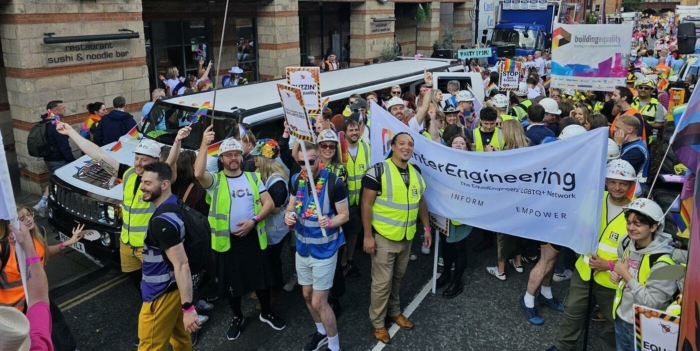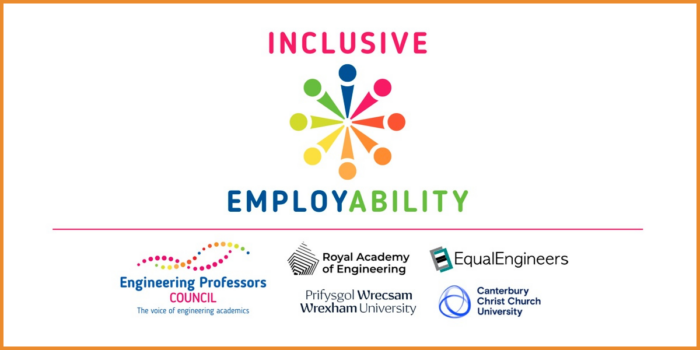
Objectives: Join us to explore Equality, Diversity, and Inclusion (EDI) through definitions, scenarios, examples, and videos. This activity deepens your understanding of EDI’s impact on society, workplaces, and the engineering field. Gain valuable insights, whether you’re new to EDI or enhancing your knowledge.
Introduction: This activity explores the link between diversity and communication. It emphasizes the role of effective communication in fostering understanding and unity in diverse environments. Highlighting the benefits of diversity training and leadership, it advocates for inclusive communication and cross-cultural understanding to nurture innovation. Learn to navigate communication challenges by reading this article. Click here to read the article.
Topic: Fostering innovation through diversity and inclusive communication.
Keywords: Equity, Diversity and Inclusion; STEM; Job or Career Impact; Leadership or Management; Employability and Skills; Enterprise and Innovation; Cultural Competency; Workplace Culture
Student Videos: Check out Activity D to get inspired by students applying EDI Principles to their own real-life experiences.
Definitions and real-world scenarios
In the video below, Jennifer and Chibby discuss the importance of STEM fields, diversity, equity, and inclusion in driving innovation and solutions in various industries.
Video summary:
🌐 STEM’s impact: STEM fields are vital in shaping various industries, from healthcare to transportation, influencing everyday life significantly.
⚙️ Engineering’s role: Engineering is crucial not only for current infrastructure but also for creating sustainable solutions for the future.
💬 Importance of diversity: Bringing diverse thoughts and experiences into STEM fosters innovation, making solutions more applicable and effective for varied populations.
🏳️🌈 Equity and inclusion: Equity ensures everyone has access to opportunities, while inclusion guarantees that all voices are heard and valued in decision-making processes.
📈 Future trends: The increasing number of diverse graduates in STEM indicates a positive trend, yet representation in the workforce still needs improvement.
🏢 Employer awareness: Companies are recognising the need for diversity in hiring practices and are taking steps to create more inclusive environments.
🚀 Career development: Providing students with the right tools and knowledge is essential for their successful transition into the workforce, empowering them to navigate their careers effectively.
This work is licensed under a Creative Commons Attribution-ShareAlike 4.0 International License.
Any views, thoughts, and opinions expressed herein are solely that of the author(s) and do not necessarily reflect the views, opinions, policies, or position of the Engineering Professors’ Council or the Toolkit sponsors and supporters.
Please note: Discussions around discrimination, prejudice and bias are highly complex and part of a much wider national and international debate, including contested histories. As such, we have limited the scope of our resources to educating and supporting students.
The resources that the EPC and its partners are producing in this area will continue to expand and, if you feel there is an issue that is currently underrepresented in our content, we would be delighted to work with you to create more. Please get in touch.




